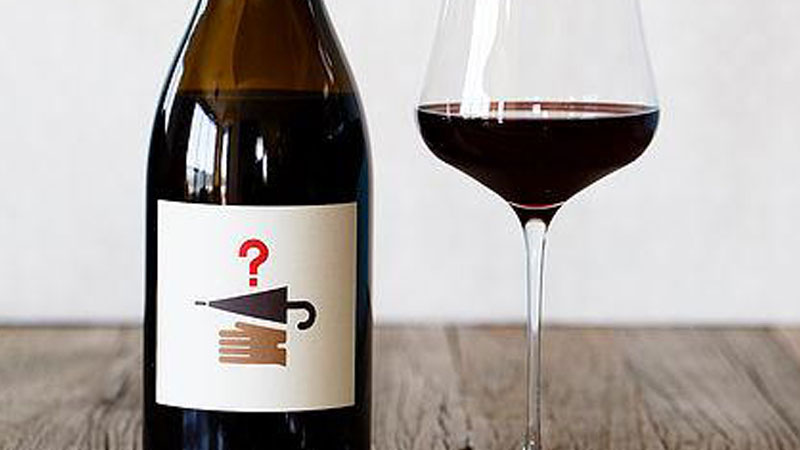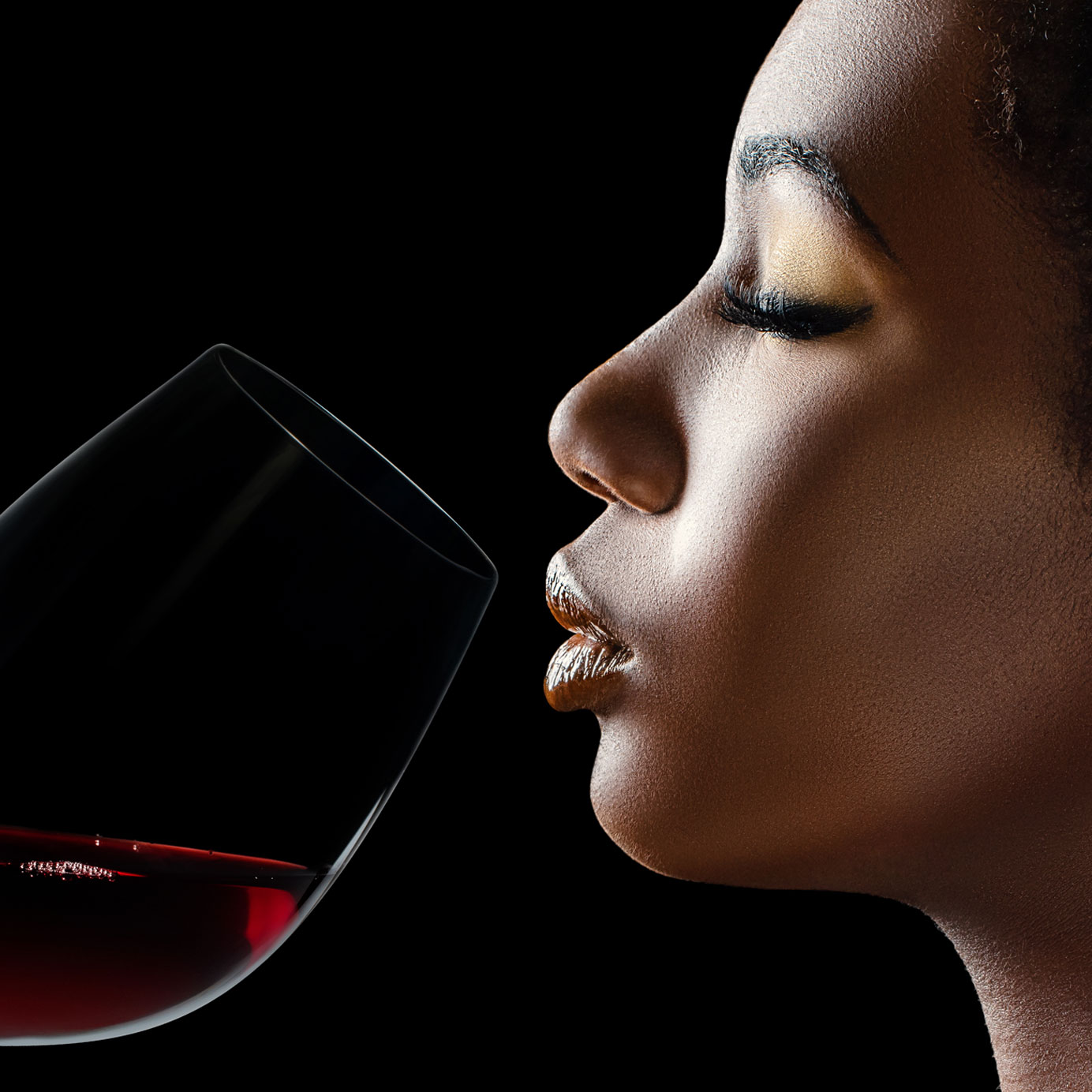Recent scandals notwithstanding, there are more aspiring sommeliers today than ever before. Enrollment in the Court of Master Sommeliers is up “125 percent year over year,” according to Shayn Bjornholm, examination director in the Americas.
These newly minted wine professionals are exploring careers that don’t necessarily involve tableside service or wearing a suit. Instead they are creating wine clubs, making their own wines, launching retail operations, and, in one instance, merging all three into a hybrid custom-retail-service operation.
In certain ways somms’ newfound influence mirrors the celebrity chef movement of the late 1990s and early 2000s. After finding success in their storied kitchens, and earning widespread recognition on the then-burgeoning Food Network, Wolfgang Puck, Emeril Lagasse, and others lent their names and likenesses to everything from restaurant chains to household appliances. Skeptics wondered who was helming chefs’ eponymous restaurants if their namesakes were on soundstages building their brands.
Don't Miss A Drop
Get the latest in beer, wine, and cocktail culture sent straight to your inbox.The differences between early-aughts chefs and contemporary somms, however, are myriad. Wine professionals like Geoff Kruth, Dustin Wilson, and Bobby Stuckey aren’t bypassing grueling restaurant work for greener pastures. They are speaking to the growing consumer base for wine by redefining the parameters of the hospitality industry, and creating a more inclusive, familiar face of wine.
Sommelier brands bring service philosophies and refined palates to the table — even when there’s no dining room in play.
Private Labels
Geoff Kruth is a Master Sommelier, winemaker, and president of GuildSomm, a nonprofit membership organization for sommeliers. He believes confidence is key to finding one’s footing off the floor.
“I have very strong confidence in my palate and what I like,” Kruth says. That inspired him to launch Lost and Found, a winery that works with vineyard sites throughout the Russian River Valley and Sonoma Mountain, in conjunction with winemaker Megan Glaab.
Kruth and Glaab met when working together at The Farmhouse restaurant. The owners of the restaurant had a vineyard, and Kruth saw in it untapped potential that made him want to create his own wine. He approached Glaab about collaborating on the project, and Lost and Found Wines was born.
The first vintage was 50 cases of Pinot Noir in 2010. Today, Lost and Found produces about 2,000 cases of six different wines.
“When you’re making only a couple thousand cases of wine, you have the freedom to make wine the way you want to drink it,” Kruth says. His partnership with Glaab is important, he says, “because my formal training is not as a winemaker, but I’m very confident in what I want the wines to look like.”

Kruth is in good company. In NYC, The NoMad’s wine director Thomas Pastuszak launched Empire Wines in 2014. Other winemaking somms include Rajat Parr, who founded his Sandhi Wines label in 2009, and Andre Mack, who launched Mouton Noir Wines in 2007.
In 2006, Bobby Stuckey and Lachlan Mackinnon-Patterson, the master sommelier and chef, respectively, of Frasca Food and Wine in Boulder, Colo., debuted a wine label called Scarpetta. Stuckey’s experience on the restaurant floor inspired the launch — he wanted a light, refreshing wine to offer guests as soon as they walked in the door. Now the label comprises 10 red, white, rosé, and sparkling wines, including two varieties, Frizzante and Lambrusco, in cans.
Amber Crown, northeast sales manager for Scarpetta Wine, believes having a Master Sommelier to consult benefits the label’s sales team enormously. Stuckey might join a sales meeting via video conference, she says, providing expertise and perspective that helps the team sell their wines. “It’s really massively impactful to have that support,” Crown says.
It’s a back-of-house asset, though. Crown doubts most consumers know sommeliers by name in the same way they do chefs.
“I think it’s a bigger deal in the industry than to the average consumer,” she says. “I don’t think the sommelier community has transcended to the level of that celebrity chef.”
Democratic Boutiques
Dustin Wilson is a Master Sommelier and co-founder of Verve Wine, a boutique wine shop with two branches in New York and California. “I’m the type of person who jumps into things because I get excited and inspired,” he says. While this can be risky, Wilson believes it allows him to grow and evolve quickly.
It seems to be working. Wilson left his position as wine director at Eleven Madison Park in 2015, and opened his first Verve in New York’s Tribeca neighborhood in 2016. A location in San Francisco’s Pacific Heights followed in 2018.
Moving from the floor of a restaurant to wine stores that focus on shipping has presented all sorts of new challenges. “Because alcohol is so highly regulated, every state has its own rules,” he says. “If I would have done more digging into the hurdles of shipping wine … I may have been deterred. But now I deal with it.”
He deliberately opened his wine shops in different states nearly 3,000 miles apart in hopes of outmaneuvering the United States’ strict shipping laws.
“For shipping and logistics, it’s more efficient if you have fulfillment centers on either side of the country,” he says. Still, he admits that dealing with shipping laws remains “a giant pain in the ass.”
Creating a retail portfolio also requires a more democratic approach than developing a wine list for a high-end restaurant, where patrons are likely to linger over multiple courses, spending more money to buy fewer bottles. At Verve, Wilson tries to keep “convenience and accessibility” in mind.
“Just having cool wine around you is not going to make a good business,” he says.
While retail logistics are different, what remains constant for Wilson is the warmth, hospitality, and service he aspires to bring to his customers.
“I actually hire in a very similar way as I did for restaurants,” he says. Whether he’s staffing a restaurant or a retail shop, the most important element is “finding people who are excited about hospitality.”
Key to Success
What all of these sommelier-driven brands have in common is that, in taking on roles outside fine dining, somms are creating brands that are more accessible. You don’t need a reservation to walk into a wine shop. While Lost and Found’s wines are more expensive than the wines from the Scarpetta line, all are well under $100.
Consumers are savvier and better educated about wine and culinary culture than ever before. User-driven digital platforms rank and sell everything from wine on Vivino to steak knives on Wirecutter. As a result, sommelier-driven side projects need more than a fancy pin or industry fanfare to have lasting success.
“The name recognition may get you in the door, but the product will sell it,” Crown says of marketing wine created by a famous sommelier. “You have to follow through with the quality.”
